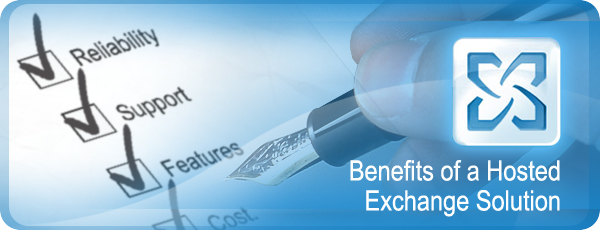
The benefits of Hosted MS Exchange 2010
Get affordable, enterprise-class messaging that’s better than ever
Exchange Server offers features that allow you and your employees anywhere access to e-mail, calendaring, and more. See what features are included with Exchange Server for anywhere access below.
Advanced E-mail Capabilities
A Comprehensive, Integrated System
For most businesses today, e-mail is the mission-critical communications tool that allows their people to produce the best results. This greater reliance on e-mail has increased the number of messages sent and received, the variety of work getting done, and even the speed of business itself. Amid this change, employee expectations have also evolved. Today, employees look for rich, efficient access—to e-mail, calendars, attachments, contacts, and more—no matter where they are or what type of device they are using.
Microsoft Exchange has been designed specifically to meet these challenges and address the needs of the different groups who have a stake in the messaging system. The new capabilities of Microsoft Exchange Server deliver the advanced protection your company demands, the anywhere access your people want, and the operational efficiency you need.
Just how important is e-mail?
According to a 2003 Survey by Meta Group, 80% of organizations surveyed felt that access to e-mail was more important than the telephone… 74% believed being without e-mail would present a greater hardship than losing telephone service.
Remote, Centralized Storage
Exchange Server’s remote, centralized information storage allows users to set delivery options, size limitations, and other e-mail rules. And because Exchange Server operates outside the users’ local environment, these functions persist even when the computer is off.
Your Company Domain Name
Enhance the professionalism of your business by adding your company’s domain name to the e-mail address of all your users (jdoe@MyCompany.com).
Unlimited E-mail Aliases
Exchange Server allows each of your users to have as many email addresses as is necessary. John Doe’s email address can be john@…, jdoe@…, johnd@…, and sales@… all at the same time with one primary “reply as” address for each mailbox. There is also support for an unlimited number of different domain names; for example you can have addresses at MyCompany.com, MyCompany.net, and MyOtherCompany.com simultaneously.
“Group Enabled” Outlook Features
With Exchange Hosting, everything in Outlook can now become “group enabled”. Your calendar, task list, inbox, etc. can all be viewed or modified by other users that you specify. The extent to which those users can interact or modify your information is entirely up to your control.
IBSPoint Exchange Hosting supports:
- Clients: Microsoft Outlook 98, 2000, XP, 2003, 2007, Outlook Express and Outlook Web Access – Outlook 2010 version is recommended (free for IBSPoint owners).
- Formats: Text, Rich Text and HTML mail.
Centralized Contacts & Calendars
Calendar Attendant
The Calendar Attendant reduces scheduling conflicts by limiting calendar items (request, declines, accepts) in the inbox to the latest version. The Calendar Attendant also marks meeting requests as tentative on recipient calendars until users can act on the request, and relies on the Exchange Server free/busy Web service for always up-to-date availability of information.
Resource Booking Attendant
The Resource Booking Attendant enables resources, including meeting rooms or other equipment, to be automatically managed. Resources can auto-accept requests when available or decline and provide details explaining the decline.
Scheduling Assistant
The Scheduling Assistant helps users efficiently schedule meetings by providing visual guidance on the best and worst dates and times to meet based on meeting invitees and required resources.
Schedulable Out of Office
Out of Office (OOF) messages can now be scheduled to begin and end on specific dates and times, reducing the likelihood of a user’s out of OOF not being set. A separate out of office message can be sent to external recipients. Out of Office messages can also be set or unset from a mobile device.
Just how important is collaboration?
According to a 2004 Survey by Harris Interactive, 28% of workers surveyed said that using the right collaboration tools at work would save them up to five hours each week.
Company Public folders
Establish Information-sharing Locations with Public Folders
Public Folders are centralized folders that can be accessed by all employees. Access to these folders can be restricted (by user or group) to provide a custom level of security. Public Folders can contain a variety of information including Contacts (Name, Address, Phone, E-mail Address, etc.), Appointments (Calendars), Tasks, and of course E-mail. A few examples of Public Folders include:
Contact information for your business partners (legal contacts, vendor contacts, etc.).
Calendars to schedule the use of shared company resources like conference rooms.
Mobile & web based Messaging
Mobile Messaging
Search. Information can be quickly found from a mobile device using the search capability of Exchange ActiveSync. When executing a search from a mobile device, both the local device store and the user’s entire Exchange mailbox are queried. Results found through the over-the-air search of the Exchange mailbox can be rapidly retrieved to the device. This capability enables access to information sent or received days, weeks, or even months before, regardless of the storage limitations of the mobile device.
Direct Push. Mobile devices incorporating Exchange ActiveSync maintain a secure connection with Exchange Server, receiving new or updated e-mail, calendar, contacts, and tasks as soon as they arrive on the server. This push method optimizes bandwidth usage while keeping users up-to-date.
Rich Experience on a Breadth of Devices. Users can get a familiar experience on a range of mobile devices without requiring the organization to deploy expensive third-party software or services. The Exchange Server ActiveSync protocol is licensed for use by Windows Mobile, Nokia, Symbian, Motorola, Sony Ericsson, Palm, and DataViz. Given the breadth of partners, device choice continues to expand.
Calendaring and Out of Office. With Exchange Server, users have many new options when accessing their calendar from a mobile device using Exchange ActiveSync. They can reply to a meeting invitation with a message, forward the invitation to another person, and view acceptance tracking for meeting attendees. Out of Office messages can also be set from the mobile device.
The Outlook Experience via the Web
Outlook Web Access (OWA), an AJAX application since its first release with Exchange Server 5.5, provides a rich, Outlook-like experience in a browser. New features in OWA enable users to:
- Schedule Out of Office messages and send to internal and/or external recipients.
- Use the Scheduling Assistant to efficiently book meetings.
- Use WebReady Document Viewing to read attachments in HTML even if the application that created the document is not installed locally.
- Access RSS subscriptions.
- View content in Managed E-mail Folders.
- Search the Global Address List (GAL).
Access Security
Outlook Web Access security is improved from previous releases. Two-factor authentication is supported, and administrators can enforce HTML-only document viewing to avoid information being left behind on public kiosks.
Self-Service Support
The Outlook Web Access Options menu allows users to quickly and easily resolve many of the most common sources of helpdesk calls on their own. OWA users can request a Unified Messaging voice mail PIN reset, issue a remote wipe request to their mobile device should it be lost of stolen, and add senders to their safe or block list all within Outlook Web Access.
Outlook Web Access Light
Outlook Web Access Light provides a rich Outlook Web Access experience over slow connections and enables many of the new features in Outlook Web Access, including schedulable Out of Office messages (internal and external), Really Simple Syndication (RSS) subscriptions, and Managed E-Mail Folder access.
Search
Exchange Server mailboxes are fully indexed by default, allowing users to quickly search for information from Outlook Web Access. Re-indexing is significantly faster than in previous versions, and search spans both content within the e-mail itself and data contained in attachments.
Scalability &Performance
Optimized Browser Access
Outlook Web Access (OWA) delivers improved performance and decreased latency. Increased client caching reduces server roundtrips, thereby reducing bandwidth usage and providing an optimal user experience when accessing over slow connections.
For even slower connections you may be interested to learn about Outlook Web Access Light.
Simplified Routing and Optimized Bandwidth
Message routing is automatically determined, and mail is delivered using the most direct route by default.
Why Outsource?
According to the 2004 Accenture Study, IT professionals spend up to 70 percent of their time maintaining existing systems.
BlackBerry Enterprise Service – Optional Service
BlackBerry® is well-recognized as the leading professional mobile solution, allowing users to stay connected with wireless access to email, corporate data, phone, web and organizer features. With the BlackBerry solution, you can enhance the productivity of your organization by pushing data out to where it’s needed most-your mobile workforce













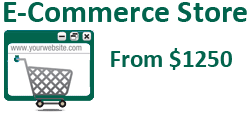
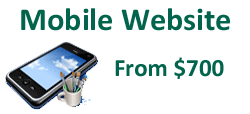



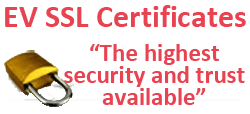
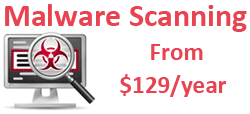


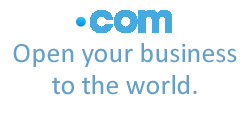
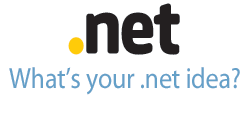
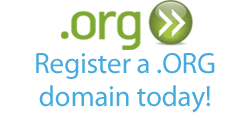



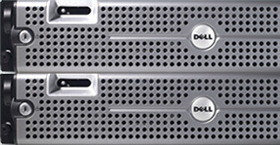



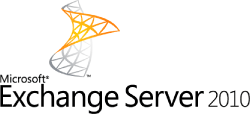

















 LinkedIn
LinkedIn